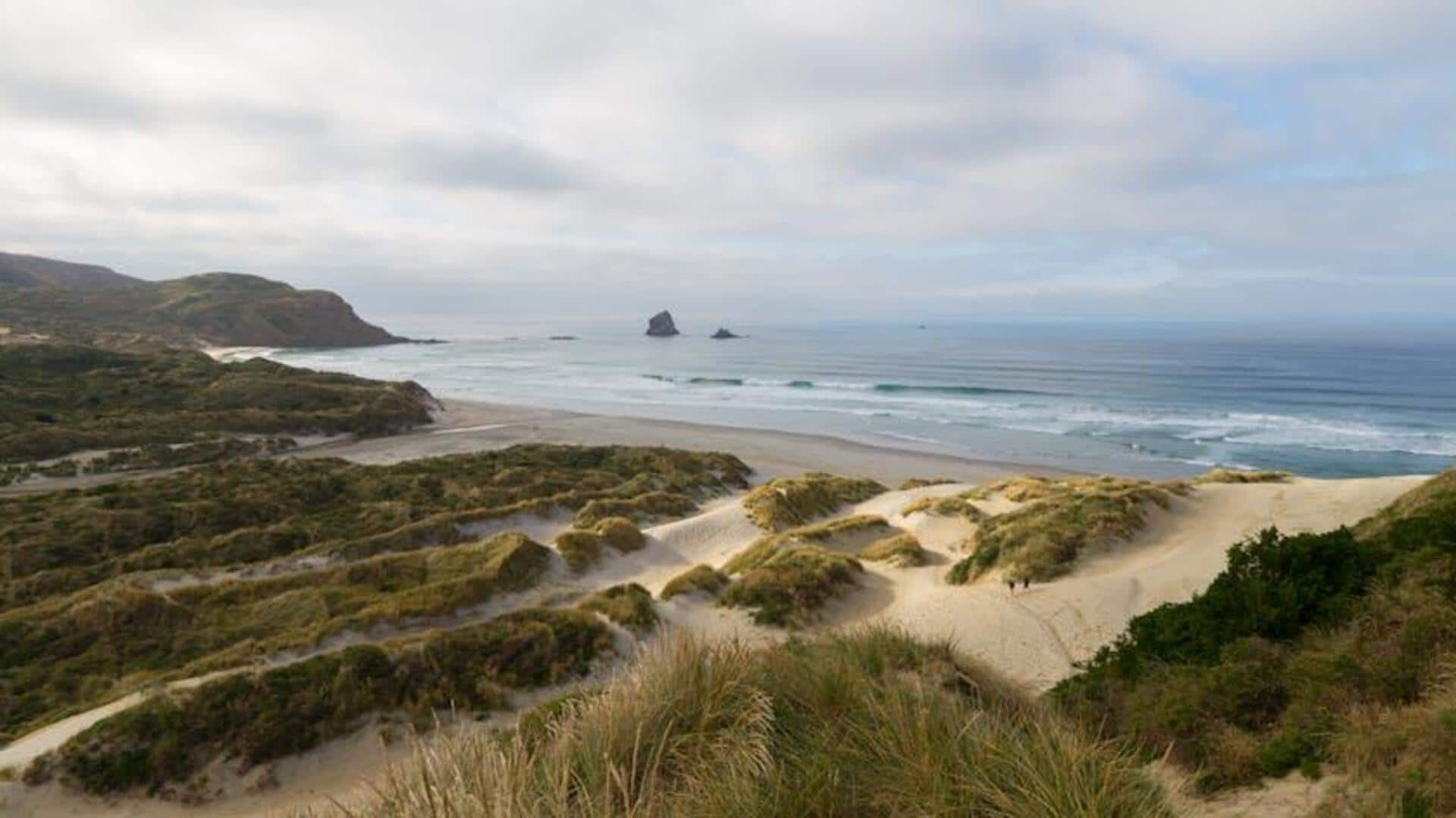
Galapagos Islands, Ecuador: A unique wildlife adventure
What's the story
The Galapagos Islands, located off the coast of Ecuador, offer a unique opportunity to explore an unparalleled diversity of wildlife and pristine landscapes. This archipelago consists of 19 islands and numerous smaller islets and is a living museum of evolutionary changes. Visitors can witness species that exist nowhere else on Earth, making it a must-visit for nature lovers and adventure seekers alike.
Wildlife watching
Encounter endemic wildlife up close
The Galapagos Islands are a prime spot for viewing endemic wildlife. Here, giant tortoises lumber in the highlands, and playful sea lions are seen along sandy beaches. Bird enthusiasts have the opportunity to observe blue-footed boobies, frigate birds, and the majestic waved albatross. Visitors are reminded to respect these unique creatures by keeping a safe distance during their encounters.
Snorkeling
Snorkel in crystal clear waters
The Galapagos' underwater world is as vibrant and diverse as its islands. Snorkeling at Devil's Crown or Kicker Rock lets visitors swim alongside colorful fish, sea turtles, rays, and even harmless sharks. The clear waters offer excellent visibility for exploring this aquatic wonderland. Snorkeling equipment can be rented on several islands or may be provided as part of a guided tour.
Hiking
Hike volcanic landscapes
For those who love trekking, the Galapagos offers numerous trails that traverse through its unique volcanic landscapes. Hiking up Sierra Negra Volcano on Isabela Island presents breathtaking views of one of the world's largest volcanic craters. Trails vary in difficulty, but all offer a closer look at the archipelago's geology and endemic plant species found nowhere else on Earth.
Conservation insight
Visit Charles Darwin Research Station
The Charles Darwin Research Station on Santa Cruz Island is essential for understanding conservation efforts in the Galapagos. Visitors learn about the preservation of its unique ecosystem through scientific research, habitat restoration, and breeding programs for endangered species. This station provides insights into the critical work being done to protect this environment for future generations, highlighting the significance of each conservation initiative.